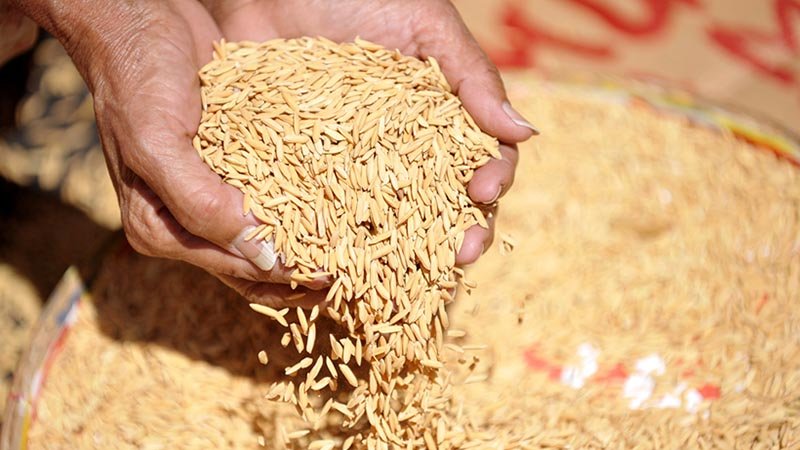Paddy, also known as rice paddy, refers to the unhusked grains of rice that are harvested from the rice plant before they are processed into edible rice. It is cultivated primarily in flooded fields, where it thrives in warm, wet conditions. Paddy is a staple food crop in many parts of the world and serves as a primary source of food for billions of people. Aside from being a key ingredient in various cuisines, paddy also plays an important role in the agricultural economy and is used in various other applications, such as animal feed and biofuel production.
Benefits of Paddy
- Staple Food Source: Paddy is the primary raw material for rice, a staple food in many cultures, providing a substantial portion of the daily caloric intake for billions of people worldwide.
- High in Carbohydrates: Paddy is rich in carbohydrates, which provide a significant source of energy, making it essential for a balanced diet.
- Supports Agriculture: Paddy farming is crucial for rural economies, creating jobs and sustaining livelihoods for millions of farmers around the world.
- Animal Feed: After the rice is harvested, the remaining paddy husks and byproducts are used as animal feed, providing nutrition for livestock and poultry.
- Environmental Benefits: Rice paddies are important ecosystems that help in water retention, and the rice plant itself can aid in maintaining soil fertility and reducing soil erosion.
- Biofuel Production: Paddy husks and other byproducts are increasingly being used to produce bioenergy, offering a renewable alternative to fossil fuels and contributing to reducing carbon emissions.
- Rich in Nutrients: Paddy is a good source of essential nutrients like vitamins, minerals, and fiber (when processed into brown rice), which contribute to overall health and well-being.
- Economic Importance: Paddy cultivation supports global rice trade and is a vital component of many national economies, particularly in Asia, where rice is a significant crop.

![]() Samypalani5832@gmail.com
Samypalani5832@gmail.com![]() +91 8667065836
+91 8667065836 

![]() Samypalani5832@gmail.com
Samypalani5832@gmail.com![]() +91 8667065836
+91 8667065836 
